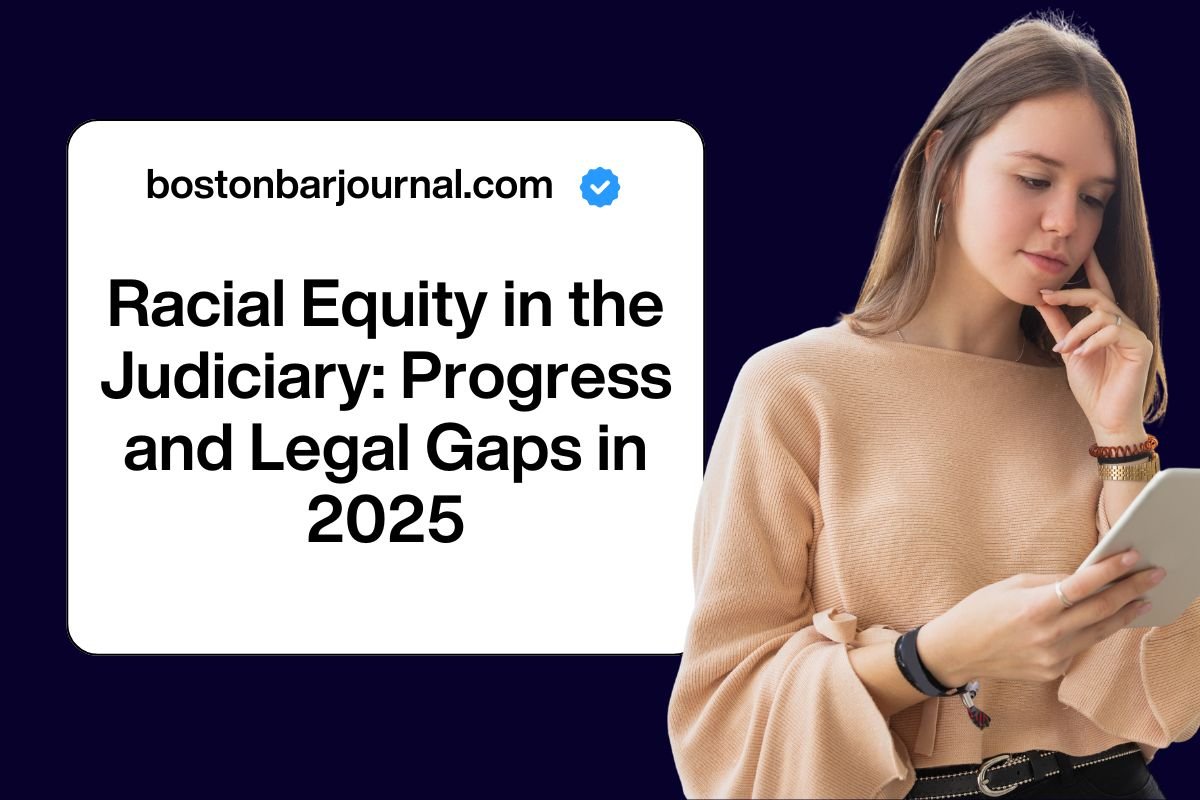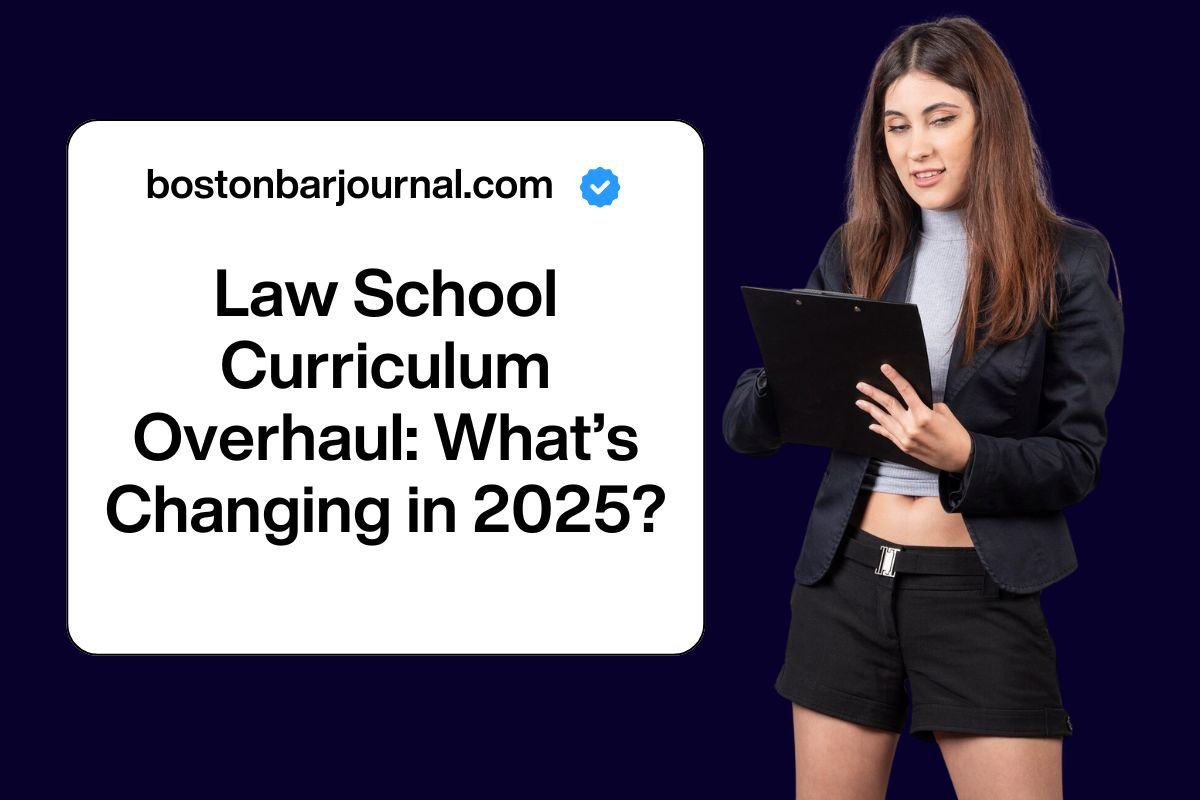America, since its origin, has been facing racial discrimination in most aspects and working in the country. Despite several reforms and movements, many times one can still see hints of racial discrimination among the people, and even many times in the judiciary system as well. If we talk about 2025, the US judiciary is still facing many challenges in improving racial equality. Let’s see what all the hindrances are faced by the judiciary in the USA.
Racial Equity in the Judiciary
As the Constitution goes by the federal judges are given immense power to rule over any judgment and case. The decisions that are made by them impact the livelihood of people, their well-being, and as well s their fundamental rights. They look over the workings of the executive and legislative branches.
The system is made in such a way that it forms a balance and ensures that each individual living in the United States, whether it be a normal citizen, a lawmaker, or even the president of the nation adheres to the Constitution of the US and all the working laws in the country.
All the federal judges are appointed to serve for their entire lives, so the decisions they make can impact a whole generation. If we look over the scenario, judges are serving longer than usual, thus making the statement true.
However, for the proper working of the established laws, the judiciary of the country needs to create a trust among the citizens that all the decisions initiated nd taken by the institution are well thought out and are legitimate. Otherwise, the rulings made by the judiciary will be difficult to enforce. And currently, the judiciary is facing a lack of trust among the people as many for not favor the rulings made by the current judges.
What is happening in the US’s Judiciary System in 2025?
In the current scenario, there are many people in the country, including people like legal scholars, practitioners, and judicial commentators have been concerned about the legitimacy crisis in the federal judiciary system in the country.
As per many people, the current judgment and ruling of the Supreme Court has been unfair to some particular groups, and some of the rulings have also favoured the interests of the corporations over the public good. Especially if we talk about the judges of the Supreme Court, they are viewed as political actors, and the court has been a partisan institution lately.
This is happening because of the changes that were made in the nomination process and the recent appointments of judges who were overtly partisan. Although the process for appointing a judge who will serve for life has always been a topic of debate in the Senate and between different political parties but in recent years, due to the change in the nomination process, this has seen to get escalated further.
Racial discrimination in the judiciary system
If we look at the current scenario of the judiciary in the US, we can see a clear vision of the discrimination and segmentation that the system is following. There is a massive lack in the judges who represent the underrepresented groups like people of color, those who identify themselves as LGBTQ, minority religions, disability, and also women.
- As of now there are more than 73 % of people who are judges at the federal court are men, and out of that 80% are only white.
- If we talk about female judges, there are only 27’5 judges who are women.
- And fewer than 1 % are in the LGBTQ category.
Having diversity in the judiciary represents a lot about the country, its working, and its regulations. For any country, its people look up to such an institution that listens to them, is like them, and shares common values. It makes them comfortable to believe in the judgment and the rulings given by the institution, but when there is a lack of involvement in the process, then only the problems are created.
However, many previous administrations have tried to include people of different races and also made many efforts to diversify the bench, but as of the current administration of Trump, the president has appointed people who are mostly white, and it is said that it is the least racially and diversely represented group seen in the past 3 decades.
Progress in the Racial Equality of the US Judiciary System
- It can be seen that now people are more aware of the need for equality, especially racial equality in the judiciary, and there are many initiatives made by the government that address bias and help in increasing diversity in the judiciary system
- There are many organizations that are working endlessly to increase the representation of women and people of color as members of the bench.
- There are some training programs initiated to educate members of the courts about the concept of racial equity and the bias in the system.
- Technology and a data-driven approach have been implemented in many courts for better judgment and to address disparities in case management.
What are the legal gaps and challenges still faced in 2025?
- Recently, the Supreme Court has weakened the Voting Rights Act, which has increased restrictions on voting access for some particular people, such as coloured people. This is implemented in some states of the country.
- There are more cases seen that are tending to racial criminal injustice. The racial bias is seen in policing procedures nd even sentencing, which is still a major issue in the US judiciary.
- Despite several efforts by different presidential administrations to improve the diversity among the bench members, the current administration has brought down those efforts, as the trump administration is the least diverse group in the last 3 decades.
Summary
The country has been facing severe challenges regarding racial discrimination and inequality. And what would people expect if their own judicial system if under racial discrimination? The current administration should look over the concerns and make amendments to involve all racial groups and make the bench more diverse.







